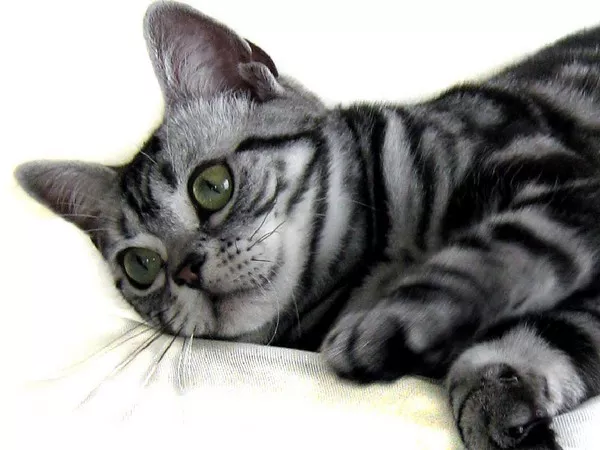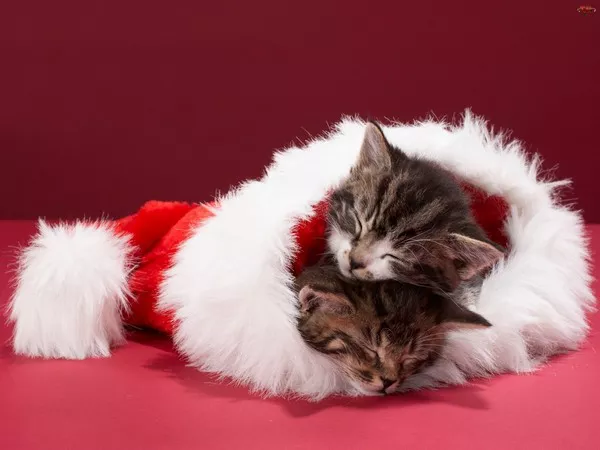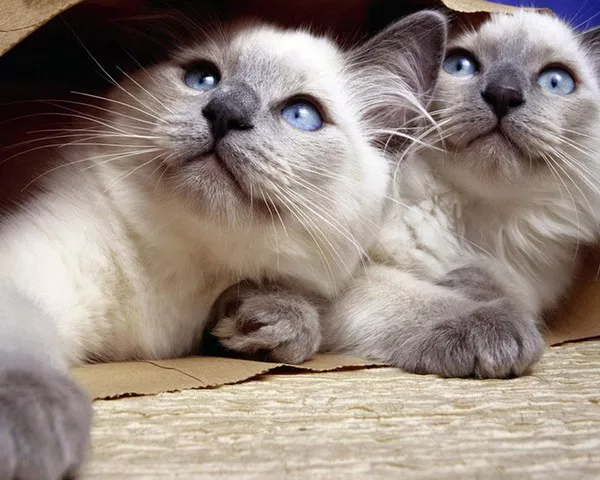In the vast kingdom of domestic felines, the American Shorthair stands as a beloved breed known for its charming personality, striking appearance, and adaptable nature. Among the many questions that swirl around the world of American Shorthair cats, one inquiry frequently arises: do they meow a lot? In this comprehensive exploration, we embark on a journey to uncover the vocal tendencies of the American Shorthair, unraveling the mysteries behind their meows, and shedding light on the factors that influence their vocalizations.
The American Shorthair: A Breed Overview
Before delving into the specifics of their vocalizations, it’s essential to familiarize ourselves with the characteristics and temperament of the American Shorthair. Renowned for their sturdy build, round faces, and expressive eyes, American Shorthairs exude an air of timeless elegance and grace. These cats boast a rich history dating back to the days of colonial America when they were prized for their hunting prowess and affectionate nature. Today, American Shorthairs continue to capture the hearts of cat lovers worldwide with their friendly demeanor, adaptable nature, and unwavering loyalty.
Understanding Feline Communication: The Role of Meowing
Meowing is a primary form of communication for domestic cats, serving as a means of expressing a wide range of emotions, needs, and desires. While the precise meanings behind individual meows may vary from cat to cat, common interpretations include greetings, requests for attention or food, expressions of distress or discomfort, and vocalizations of contentment or happiness. Understanding the nuances of feline meowing can provide valuable insights into a cat’s emotional state and enhance the bond between cat and owner.
Do American Shorthair Cats Meow a Lot? Exploring Vocal Tendencies
The question of whether American Shorthair cats meow a lot is one that often piques the curiosity of cat enthusiasts. While every cat is unique and may have its own vocal preferences, American Shorthairs are not typically considered to be among the most vocal breeds. Compared to some breeds known for their chattiness, such as Siamese or Oriental cats, American Shorthairs tend to be more moderate in their vocalizations.
1. Factors Influencing Vocalizations: Unraveling the Variables
Several factors can influence the frequency and intensity of meowing in American Shorthair cats, including:
1. Individual Personality: Like humans, cats have unique personalities that influence their behavior and communication style. Some American Shorthairs may be naturally more vocal than others, depending on factors such as genetics, upbringing, and socialization experiences.
2. Age: Meowing tendencies may vary depending on the age of the cat. Kittens often meow more frequently as a means of communicating with their mother and littermates, while adult cats may meow less as they mature and establish routines.
3. Health and Well-Being: Changes in a cat’s health or well-being can affect their vocalizations. Cats may meow more if they are in pain, discomfort, or distress, signaling to their owners that something is amiss and prompting them to seek veterinary care.
4. Environmental Factors: The environment in which a cat lives can also influence their meowing behavior. Cats may meow more in response to changes in their surroundings, such as moving to a new home, the addition of a new pet or family member, or disruptions to their routine.
5. Socialization: Early socialization experiences can shape a cat’s communication patterns and vocal tendencies. Cats that receive ample socialization and positive interactions with humans during kittenhood may be more inclined to meow as a means of seeking attention or companionship.
6. Attention and Interaction: American Shorthair cats may meow more if they feel they are not receiving an adequate amount of attention or interaction from their owners. Cats may use meowing as a way to solicit attention, express affection, or communicate their needs and desires.
2. Managing Meowing Behavior: Tips for Cat Owners
While some degree of meowing is natural and to be expected from American Shorthair cats, excessive or persistent meowing may indicate an underlying issue that requires attention. Cat owners can take several steps to manage meowing behavior and promote a harmonious relationship with their feline companions:
1. Address Basic Needs: Ensure that your American Shorthair’s basic needs are being met, including access to food, water, litter box, and a comfortable resting area. Cats may meow if they are hungry, thirsty, or in need of attention.
2. Provide Enrichment: Keep your American Shorthair mentally and physically stimulated with interactive toys, scratching posts, and environmental enrichment activities. Providing opportunities for play and exploration can help prevent boredom and reduce excessive meowing.
3. Establish Routines: Stick to a consistent daily routine for feeding, playtime, and rest to provide structure and predictability for your American Shorthair. Cats thrive on routine and may become anxious or vocalize more if their environment is unpredictable.
4. Offer Attention and Affection: Spend quality time with your American Shorthair, engaging in interactive play, grooming sessions, and cuddle time. Providing ample attention and affection can help strengthen your bond and reduce meowing behavior.
5. Rule Out Medical Issues: If your American Shorthair’s meowing behavior is excessive or out of the ordinary, consider scheduling a veterinary check-up to rule out any underlying medical issues. Cats may meow more if they are in pain, discomfort, or experiencing health problems.
6. Avoid Reinforcing Negative Behavior: While it’s important to attend to your cat’s needs, be mindful of inadvertently reinforcing excessive meowing behavior. Avoid rewarding meowing with attention or treats, as this may reinforce the behavior and encourage it to continue.
Conclusion: Embracing the Melodic Meows of the American Shorthair
In conclusion, while American Shorthair cats are not typically considered among the most vocal breeds, they may still engage in meowing behavior as a means of communication with their owners and expressing their needs and desires. By understanding the factors that influence meowing behavior and taking proactive steps to address underlying issues, cat owners can foster a harmonious and enriching relationship with their American Shorthair companions. Whether offering a friendly greeting, soliciting attention, or expressing contentment, the melodic meows of the American Shorthair add a delightful dimension to the bond between cat and owner.


























